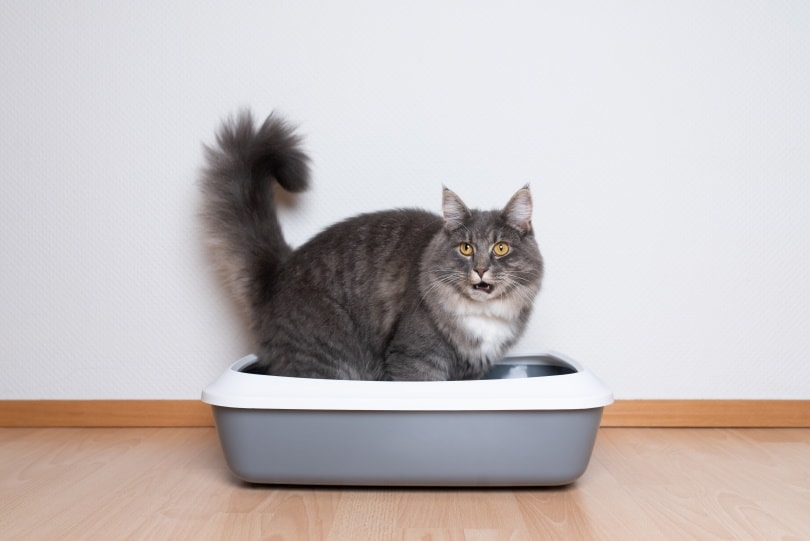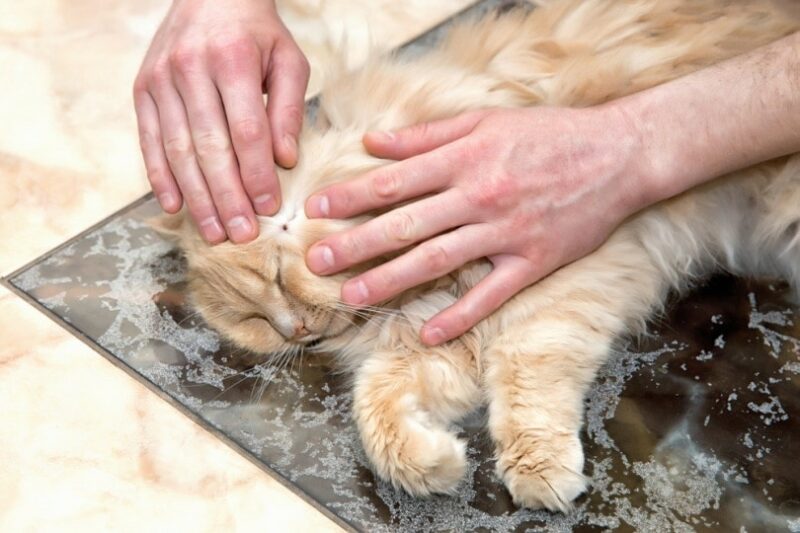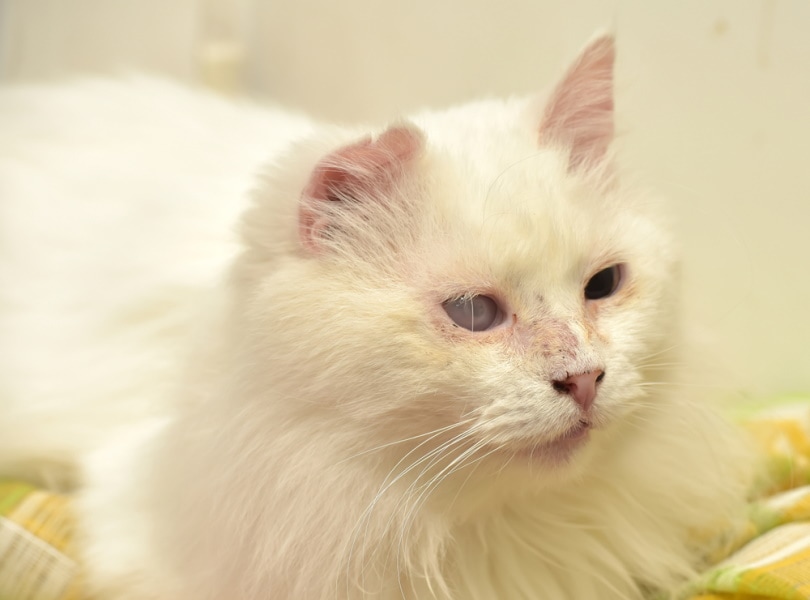Is a Burmese Cat Hypoallergenic? Everything You Need to Know!
By Adam Mann
Updated on
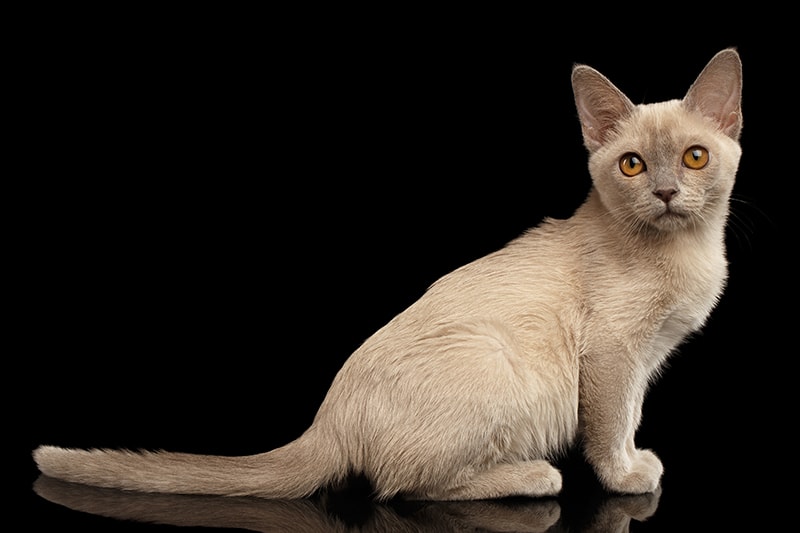
If you suffer from pet allergies and are thinking about getting a pet, one of the first questions you must ask is if the animal is hypoallergenic. While there are technically no hypoallergenic cats,1 the good news is that a Burmese cat sheds less frequently and produces less dander than other breeds.2
Before you rush out and purchase one, you need to know that this doesn’t mean you won’t suffer from any pet allergies. It all comes down to what causes them in the first place, and we’ll break that down for you below.
Not only that, but if you really want a Burmese cat and suffer from pet allergies, we’ll even give you a few tips you can use that might help you avoid any flare-ups.
Is a Burmese Cat Hypoallergenic?
If you’re looking for a cat that’s good for owners with allergies, a Burmese cat is a great choice! They don’t shed much and are far less likely to trigger allergies than many other cat breeds.
But just because a Burmese cat is hypoallergenic doesn’t mean they won’t cause any flare-ups. If you have severe allergies, it’s still possible to have a reaction with a Burmese cat, it’s just less likely than it would be with many other cat breeds.

What Causes Pet Allergies?
Pet allergies almost always come from dander. Your pet produces dander in multiple ways, including shedding it from dead skin cells, their urine, and their saliva. For those with pet allergies, the most problematic way cats spread dander around the home is with their saliva and their fur.
Cats lick themselves as part of their grooming process, spreading dander to their fur. When they shed, the dander stays on the fur and it’s easy to spread it around the home. As you breathe this in, it sets off the allergies.
However, even if the cat doesn’t shed, they still produce dander and there are other ways it can spread to you. Because of this, there’s no such thing as a cat that won’t cause any allergies—they’re just less likely to.
Ways to Help With Pet Allergies
If you really want a pet but suffer from pet allergies, there are a few things you can try out to help alleviate some of the worst symptoms. We’ve highlighted five helpful tips for you to try here:
1. Get a Hypoallergenic Pet
While there are no truly hypoallergenic pets, we still consider breeds that are less likely to set off allergies as hypoallergenic. Hypoallergenic animals make it much easier for many people with pet allergies to have pets. In fact, many people with pet allergies won’t react to a hypoallergenic pet. That’s good news if you want a Burmese cat!

2. Have a Pet-Free Zone
You need to give your body time and space to reset from all the allergens in the air, so designating a part of your home as “pet-free” is a huge step you can take. We recommend the bedroom since you’ll spend a significant amount of time there and you probably won’t be hanging out with your pet during this time anyway.
3. Brush and Comb Regularly
Since dander is common in your pet’s fur, if you brush and comb them regularly it can significantly reduce the amount of pet hair floating around your home. The less pet hair in your home, the less likely it is to cause an allergic reaction.

4. Use an Allergen-Capturing Air Filter
No matter how hard you try, you won’t be able to catch everything. So, take the time to invest in a great allergen-capturing filter to pick up the rest. Ideally, put a filter in each room so you can capture the hair and dander in each area.
5. Wash Your Pets
You don’t want to wash your pets too often since it’ll strip essential nutrients and oils from their skin, but it’s also going to wash off any dander they might have. We recommend washing your cat with a hypoallergenic shampoo about once a month to help with allergies.
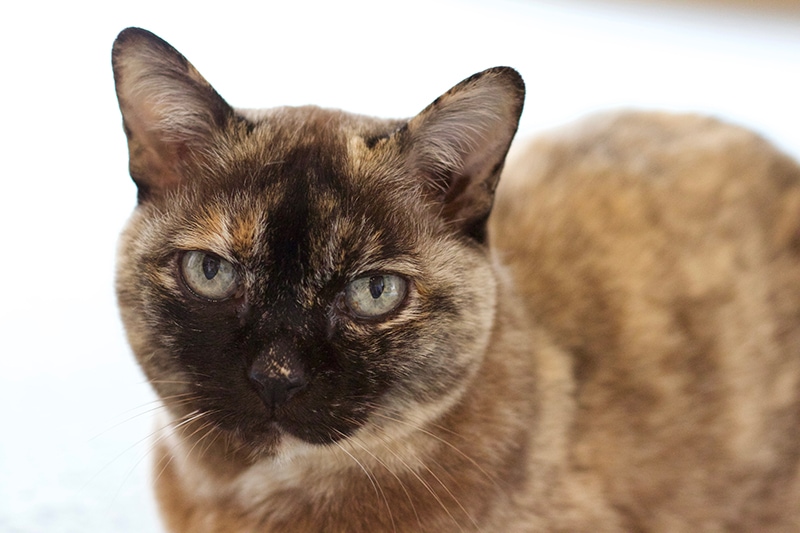
Final Thoughts
While it’s great news that a Burmese cat is considered hypoallergenic, you still should reach out to a medical professional if you suffer from pet allergies and if you’re thinking of bringing an animal home. They can walk you through the best plan of action for you, and they’ll likely have a few helpful tips of their own that can make it a bit more manageable for you!
Featured Image Credit: Seregraff, Shutterstock

